| In vitro: |
| J Agric Food Chem. 2011 Apr 13;59(7):3205-13. | | High chlorogenic and neochlorogenic acid levels in immature peaches reduce Monilinia laxa infection by interfering with fungal melanin biosynthesis.[Pubmed: 21370882] | Chlorogenic acid (CGA) and its isomer, Neochlorogenic acid (NCGA), were found to be the major phenolic compounds in the flesh and peel of three peach cultivars.
METHODS AND RESULTS:
Their concentrations are especially high in immature fruits (CGA, 151-548 mg/kg; NCGA, 85-380 mg/kg), whose resistance to the brown rot fungus, Monilinia laxa , is very high. The concentrations of these two phenolic compounds decline in maturing fruits (CGA, 77-181 mg/kg; NCGA, 30-82 mg/kg), and this decline is associated with a concomitant increase in susceptibility to brown rot infection. Other phenolic compounds found in the same HPLC chromatograms at 340 nm from each peach extract at varying sampling dates in each of the three peach cultivars were not correlated with the incidence of brown rot and appeared only in some cultivars. The incidence of brown rot for each cultivar at each sampling date was significantly negatively correlated with the NCGA (r > -0.85) and CGA (r > -0.90) contents. At concentrations that are similar to those in peach fruit, CGA does not inhibit spore germination or mycelial growth of M. laxa in culture but markedly inhibits the production of melanin-like pigments in the mycelia of M. laxa in culture (42% melanin reduction).
CONCLUSIONS:
Accordingly, we propose that the high concentrations of CGA and NGA in immature fruits might contribute to their reduced susceptibility or increased resistance to brown rot infection by interfering with fungal melanin production. | | Neurochem Res. 2015 Sep;40(9):1792-8. | | Neochlorogenic Acid Inhibits Lipopolysaccharide-Induced Activation and Pro-inflammatory Responses in BV2 Microglial Cells.[Pubmed: 26152332 ] | Microglia is the resident innate immune cells that sense pathogens and tissue injury in the central nervous system. Microglia becomes activated in response to injury, infection, and other stimuli that threaten neuronal survival. Microglia activation plays an important role in neurodegenerative diseases. Neochlorogenic acid (NCA) is a natural polyphenolic compound found in dried fruits and other plants. Although previous studies have shown that phenolic acids including NCA have outstanding antioxidant, antibacterial, antiviral, and antipyretic activities, there has not yet been investigated for anti-inflammatory effects.
METHODS AND RESULTS:
Therefore, for the first time we have examined the potential of NCA to inhibit microglial activation and pro-inflammatory responses in the brain. We found that lipopolysaccharide-induced inducible nitric oxide synthase, and cyclooxygenase-2 expression, and nitric oxide formation was suppressed by NCA in a dose-dependent manner in BV2 microglia. NCA also inhibited the production of pro-inflammatory mediators, tumor necrosis factor-α and interleukin-1 beta. Furthermore, phosphorylated nuclear factor-kappa B p65 and p38 mitogen-activated protein kinase activation were blocked by NCA.
CONCLUSIONS:
Taken together, these results suggest that NCA exerts neuroprotective effects through the inhibition of pro-inflammatory pathways in activated microglia. |
|


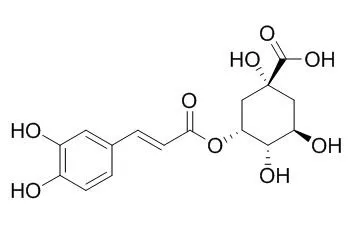

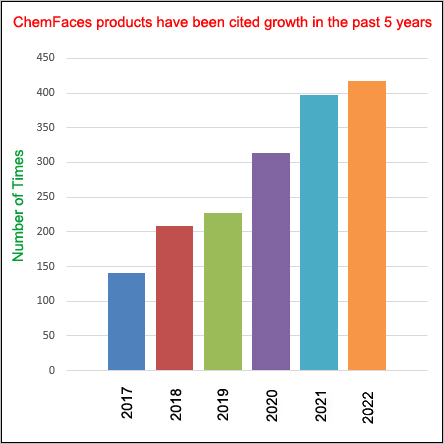
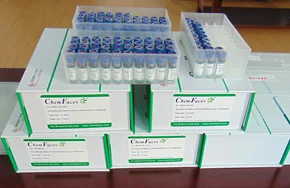
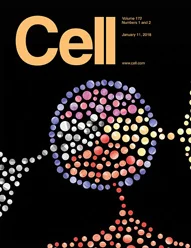 Cell. 2018 Jan 11;172(1-2):249-261.e12. doi: 10.1016/j.cell.2017.12.019.IF=36.216(2019)
Cell. 2018 Jan 11;172(1-2):249-261.e12. doi: 10.1016/j.cell.2017.12.019.IF=36.216(2019)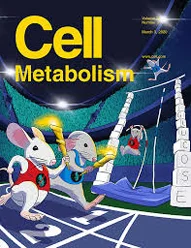 Cell Metab. 2020 Mar 3;31(3):534-548.e5. doi: 10.1016/j.cmet.2020.01.002.IF=22.415(2019)
Cell Metab. 2020 Mar 3;31(3):534-548.e5. doi: 10.1016/j.cmet.2020.01.002.IF=22.415(2019)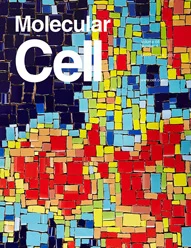 Mol Cell. 2017 Nov 16;68(4):673-685.e6. doi: 10.1016/j.molcel.2017.10.022.IF=14.548(2019)
Mol Cell. 2017 Nov 16;68(4):673-685.e6. doi: 10.1016/j.molcel.2017.10.022.IF=14.548(2019)